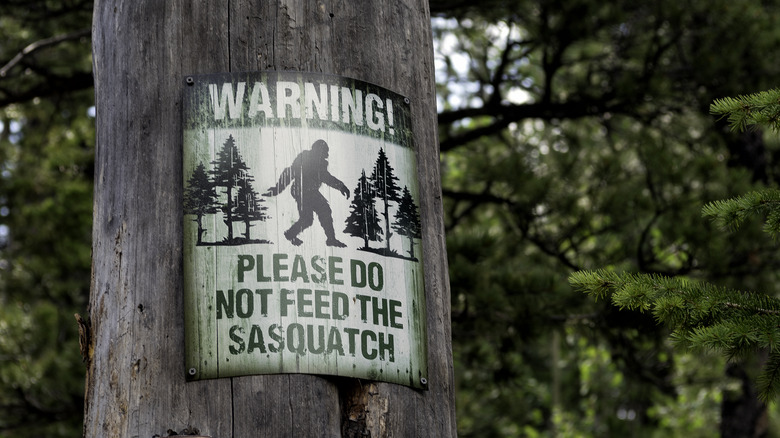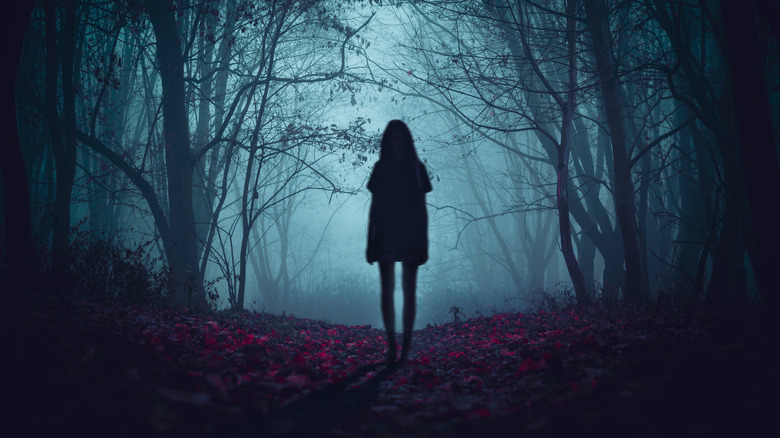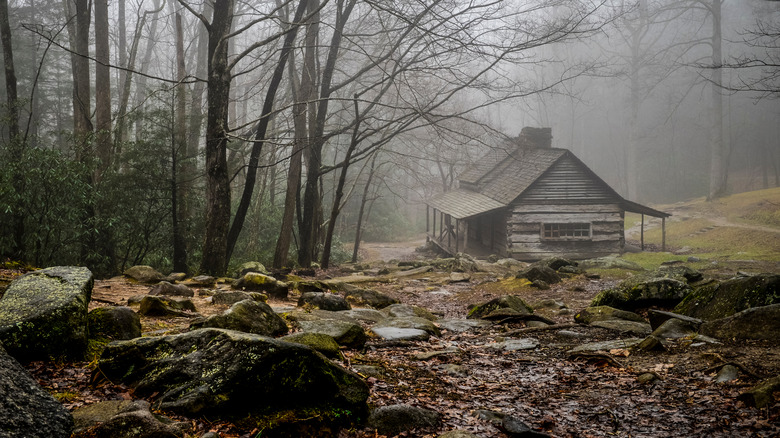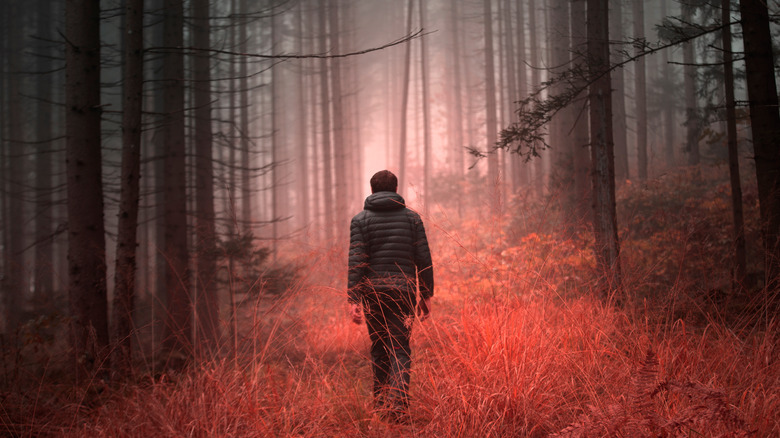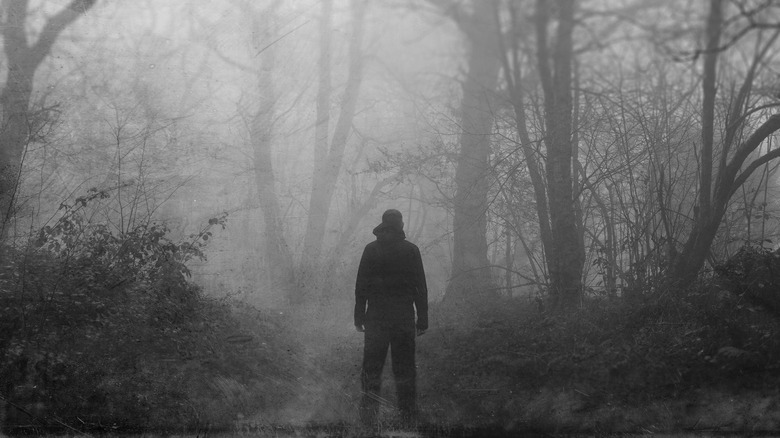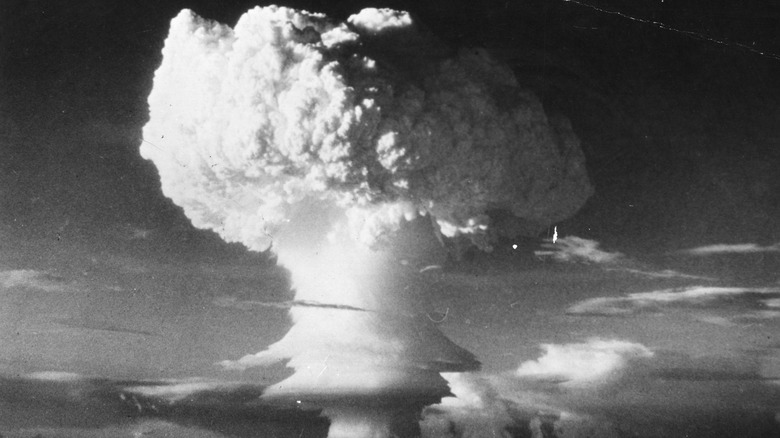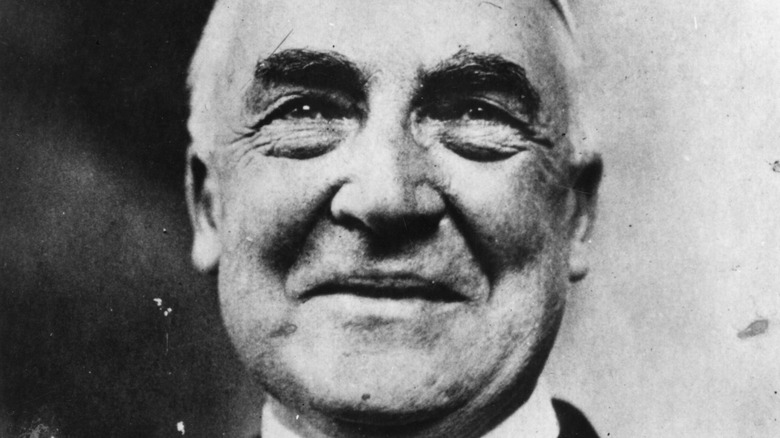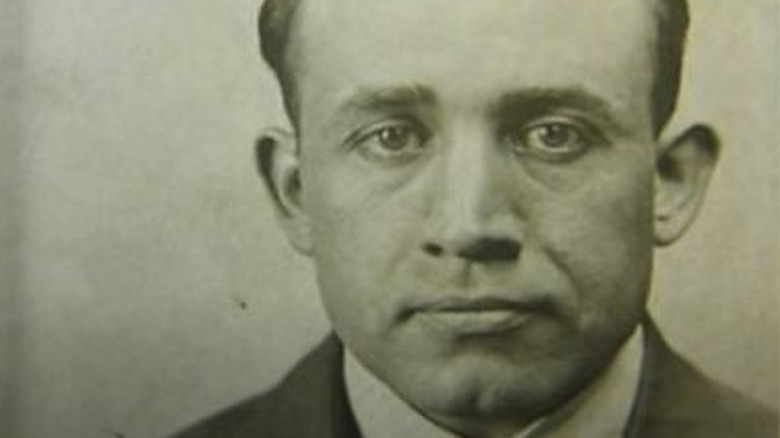
The Biggest Bennington Triangle Disappearance Theories: What Really Happened?
Vermont’s Bennington Triangle, which includes a large portion of the Green Mountain National Forest and the Glastenbury Mountains, has been the epicenter of unusual activities and sightings, as well as a number of unusual disappearances, for centuries.
As reported by Vermonter, the mysterious occurrences have always been a fundamental part of the region’s culture and folklore. However, the area was not called the Bennington Triangle until 1992, when paranormal enthusiast and author Joseph Citro compared the area to Massachusetts’ Bridgewater Triangle.
According to reports, dozens of people have mysteriously vanished from the region, with a majority of the disappearances occurring on or near Glastenbury Mountain. Legends of America reports the region is also rumored to be the home of a Bigfoot-like creature, who is known as the Bennington Monster.
The first known sighting of the Bennington monster was in the early 1800s. According to legend, one of the main roads through the Green Mountain National Forest was washed out during a heavy storm. As a result, a stagecoach full of passengers was forced to stop along the road.
As reported by Legends of America, the stagecoach driver was inspecting the road when he found some unusual footprints in the mud, which were far too large to be human. Within moments of discovering the footprints, the coach was reportedly attacked, and ultimately overturned, by a “large creature.” The passengers did not see the creature, but they saw its glowing eyes and heard it roar before it disappeared back into the forest.
Bennington Triangle sightings and unusual experiences
Future sightings of the Bennington Monster described it as a large creature with black fur, which walks upright and is over six feet tall. As reported by Legends of America, witnesses claim the monster is similar in appearance to Bigfoot or Sasquatch.
Some visitors to the region have also reported experiencing unusual confusion or dizziness. In an interview with Bennington Banner, Robert Singley said he was lost in the Bennington Triangle when “everything … crescendoed into this weird sort of dizzying confusion … It just suddenly got dark, and then it was like, ‘Where am I?’ ‘What’s going on?'”
Singley said he sought shelter under a large maple tree, which was “expelling a weird … haunting energy.” He eventually made his way out of the woods the following morning. However, others were not as fortunate.
Vermonter reports as many an estimated 40 people have vanished in the Bennington Triangle. However, a significant number of the disappearances occurred between 1945 and 1950. In a five-year period, Paul Jepson, age 8, Frieda Langer, age 53, Middie Rivers, age 74, James Tedrod, age 68, and Paula Welden, age 18, vanished on or around Glastenbury Mountain.
The entire region was searched extensively. However, authorities did not find any trace of any of the victims, with the exception of Frieda Langer. The discovery of Langer’s body only raised more questions, as she was found seven months after she vanished, in an area that was previously searched multiple times.
Native Americans believed Glastenbury Mountain was cursed
As reported by History Day by Day, the region was searched by hundreds of local volunteers and soldiers from the nearby Fort Devens. However, they never found the other four victims or any evidence as to what may have happened to them. The lack of evidence in the disappearances sparked rumors of alien or paranormal involvement, including the possibility that they were killed by the Bennington monster.
The oldest legends about the Bennington Triangle came from Native Americans in the region, who believed Glastenbury Mountain was cursed. As reported by Obscure Vermont, Glastenbury Mountain is one of 12 mountains in the range, with a maximum altitude of 3,747 feet.
Revelator Network reports the region surrounding Glastenbury Mountain was home to the Abenaki tribe, which was part of the Algonquin nation. The Abenaki believed their god, Tabaldak, lived at the peak of Glastenbury mountain.
The Abenaki also believed the mountain was cursed because the four winds appeared to meet at the peak, and often changed direction erratically. As reported by Revelator Network, they also believed there was a “man-eating stone” on the mountain, which would open up and swallow anyone who happened to step on it.
The Abenaki also told stories of large, hairy, half-man, half-animal creatures, who lived throughout the region and threatened its inhabitants.
Although they generally avoided Glastenbury Mountain, the Abenaki buried their dead at its base. Later legends suggested the region is haunted by their spirits.
The Glastenbury ghost town
In 2014, the now-unincorporated town of Glastenbury, Vermont, had a total of eight residents. However, as reported by Happy Vermont, the town thrived in the mid to late 1800s. In addition to being a hub for the local charcoal production and logging industries, it had a railroad, a post office, a school, and several residential homes. By 1880, the town recorded its peak population with 241 residents.
Happy Vermont reports two murders, which occurred in 1892 and 1897, marked the beginning of Glastenbury’s decline and secured the region’s reputation of being haunted by unusual activity.
In 1892, Henry McDowell bludgeoned his co-worker, John Crowley, to death. He later claimed “he heard voices telling him” to do it. Following his arrest, Heather Sutfin reports he was sent to a mental health facility, which he escaped and was never seen again.
In 1897, John Harbour was shot to death by an unknown person — despite being in possession of a loaded gun. His murder was never solved.
By 1898, Glastenbury was essentially gutted by a massive flood, which heavily damaged the town’s largest resort and completely destroyed the railroad tracks. By 1937, the town was disincorporated due to the substantial loss of industry and resulting population decline.
As reported by Happy Vermont, the former town of Glastenbury and the surrounding region are currently owned by the US National Forest Service. The 27,000 acres surrounding Glastenbury Mountain include two ghost towns and more than 36 square miles of uninhabited land.
Skeptics question the reported disappearances
In an interview with Happy Vermont, historian and author Tyler Resch said he is skeptical about the stories of paranormal activity in the Bennington Triangle. Instead, he blames the tremendous expanse of uninhabited and inhospitable land. Resch said, “It’s surprising that more people haven’t been lost in that vast space.”
Glastenbury Mountain is known for erratic and sometimes dangerous winds and weather patterns — which likely contributed to the Abenaki legends. As reported by Historic Mysteries, the sudden changes could cause hikers to “suddenly suffer from disorientation” and “could account for some of the disappearances.”
The Mountain Mysteries podcast reports the mountains in the Bennington Triangle are also known for having numerous sinkholes. In addition to explaining the Abenaki legends about people being swallowed by a rock, sinkholes could explain some of the disappearances that have occurred on the mountain.
Although some sources estimate up to 40 people vanished within the Bennington Triangle, Resch contends Middie Rivers, who vanished in 1945, is the only person who was verified to have gone missing from inside the triangle. Happy Vermont reports Paula Weldon actually vanished from the town of Woodford, outside the triangle.
James E.Tedford was last seen on a bus, and it is unclear where he actually disembarked. He had also gone missing on at least one other occasion.
Legends of America reports Paul Jepson’s mother left him inside the cab of her truck while she was working. When she returned, the boy was gone.
Most of the Bennington Triangle mysteries were likely exaggerated or misunderstood
Legends of America reports Paul Jepson may have been abducted by a passing motorist, as tracking dogs lost his scent on a roadway.
Frieda Langer, who was the only of the reported missing whose body was found, fell into a creek while camping near Glastenbury Mountain. Her friend left the area to get Frieda some clean and dry clothing. However, as reported by Legends of America, Frieda had vanished by the time she returned. She was found seven months later, but her cause of death was never determined.
Although many people believe the disappearances have a paranormal explanation, others believe a serial killer may have been in the area between 1945 and 1950. History by Day reports, there simply is not any evidence to prove all of the missing people were killed, much less killed by the same person. As the ages and sexes of the missing were widely varied, it is even less likely that they were victims of a serial killer.
Others have suggested the missing people may have been killed by a mountain cat. However, bobcats and lynx, which are prominent in the region, are not aggressive. Although catamounts can be aggressive, History by Day reports they have not been seen in the region since the 1930s.

Here's What Mortification Of The Flesh Really Entails

Why Some Believe 2050 Will Spell The End Of The World As We Know It

This Is The Only Beatles Song To Feature Just John Lennon And Paul McCartney

The Truth About The Wandering Black Holes In Space

The Untold Truth Of The Hanging Gardens Of Babylon

The Terrifying Truth About The Extinct Haast's Eagle

The Messed Up Truth About What Goes On In Silicon Valley

The Creepiest Things Caught On Doorbell Cams

The Tragic Death Of Basketball Phenomenon Hank Gathers
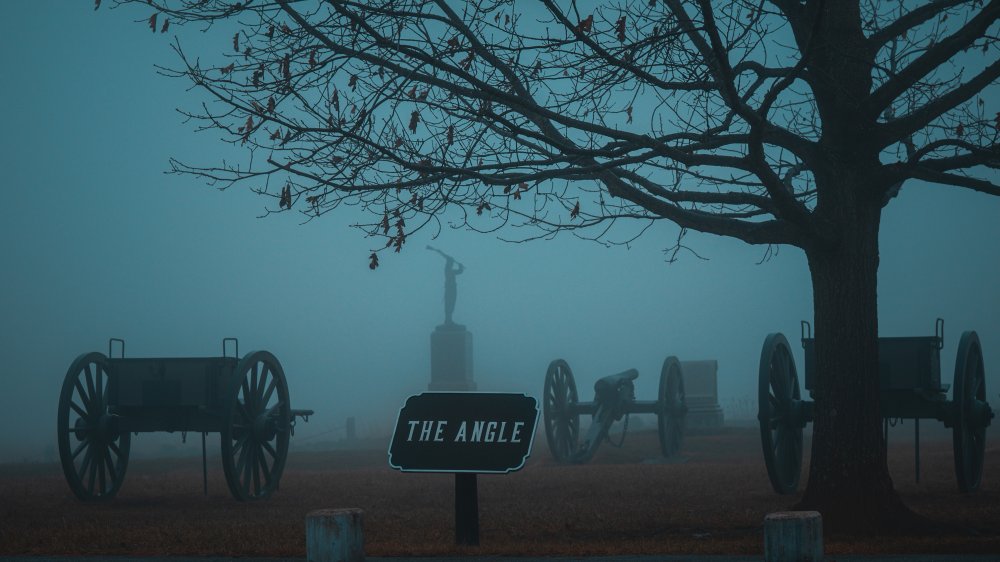
Creepy Tales Of American Civil War Ghosts
